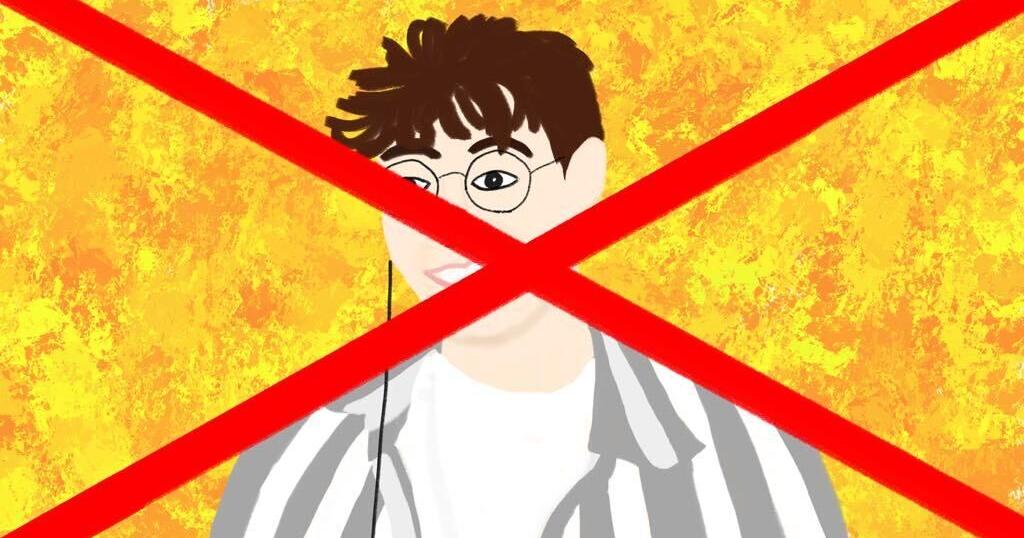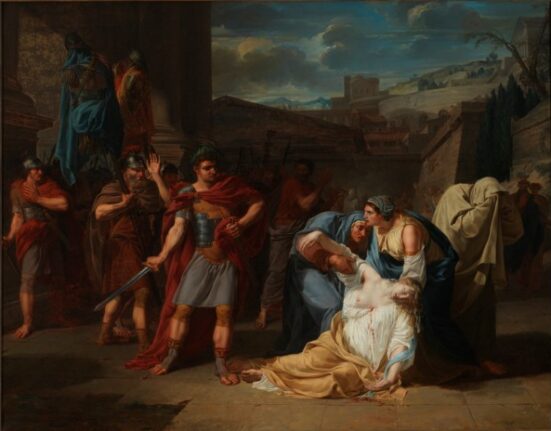Every year, several famous content creators, artists and influencers fall under controversies that put the integrity of their works into question. NPR has covered Michael Jackson being accused of sexual crimes, being booked on child molestation charges in 2003 and later being acquitted of all charges in 2005. Business Insider has covered YouTuber Shane Dawson having several allegations of sexualizing minors and animals on his podcasts. More recently, Sportskeeda covered musician, streamer and YouTuber Wilbur Soot’s allegations of physically and sexually abusing his ex-girlfriend.
When these controversies arise, fans are often left wondering if it is appropriate to still consume and enjoy the content these influencers have put out in light of their allegations. As the situations of several influencers prove, art can certainly be separated from the artist and their actions, but it almost always shouldn’t be.
Prior to his conviction, Bill Cosby was a successful actor and comedian, known for producing highly popular comedic works across the ’60s, ’70s and ’80s. His most successful work, “The Cosby Show,” followed the common format of a sitcom family, but Cosby’s unique spin on it gave it a cross-cultural appeal. Another one of his well-received works, “Fat Albert and the Cosby Kids,” was an animated series that followed a group of inner city kids going about their lives between school and home, learning valuable life lessons in every episode.
There’s no doubt Cosby’s works had value for people of all demographics when he originally made them. If he wasn’t convicted and jailed for sexual crimes, Cosby’s works would still be widely enjoyed today by two new generations. However, due to his actions, his works aren’t looked back on for the sake of enjoyment — they’re looked back on in a retrospective light of what he’s done. There are plenty of other artists with this same situation surrounding their works, one of the best examples being Adolf Hitler.
Before rising to power in Germany, Hitler had aspirations of becoming an artist. Despite his art career ultimately failing, many of his works still exist today, with one selling for $323,190 in 2015. The high price isn’t because the art is good or boundary-pushing. In fact, the BBC reveals auctioneers of Hitler’s artworks thought it had “no artistic value,” but could still sell for exorbitant prices because of his infamy.
Art is arguably a time capsule of whom the artist was when they created the work. For example, according to the Cleveland Museum of Art, Pablo Picasso’s works can be broken up into periods that go along with the artist’s mindset at the time. Amid financial hardships and the suicide of a close friend, the works from Picasso’s “blue period” depicted melancholy, depressed scenes with a palette of blues, greens and blacks. As his mental health improved, his “rose period” was ushered in, depicting more cheerful scenes with colors like orange and pink.
All this is to say that art is a reflection of whom a creator was when they did the creating. If art was crafted near the same time the creator did something morally reprehensible and there’s little evidence of the creator changing, the content should no longer be viewed in order to avoid supporting them.
Notably, content creators can change for the better and continue making content after doing something wrong. However, when they don’t turn things around for the better and the art remains unchanged, it still shouldn’t be viewed. Only when content changes in the absence of the original creator can it be separated from their actions.
A good example of this is Markus Alexej Persson, also known as Notch, who in 2009, created the earliest versions of Minecraft. After continuing to develop the game for a few years, he would later sell the game to Microsoft, the tech giant announcing the acquisition in 2014.
Notch ultimately came under fire for tweeting a number of very controversial, politically-charged things. He tweeted statements such as “It’s ok to be white” and “(protip: believing in race based privilege needing to be checked fits the literal definition of racism),” along with several posts that he has since deleted. One of these deleted posts, preserved in a screenshot by Yahoo! Finance, shows Notch insulting people who are against the concept of heterosexual pride day, by using demeaning and vulgar language and saying they deserve to be shot.
Despite the controversies surrounding Notch, Minecraft has continued development under Microsoft, and has continued to skyrocket in popularity. As of 2023, 300 million copies of the game have been sold, making it the second-most sold video game ever, according to IGN. Notch is still entirely separate from his creation, but the creation has grown without him. Only in cases like these can the content still be enjoyed.
In the end, it is each individual’s choice to decide what content they consume. However, when a content creator is hit with a major accusation that’s proven to be true, it’s generally best to avoid consuming their content to avoid continuing to support their disreputable actions.







